Two-phase Oil-water Separator CFD, A Fluent Simulation Tutorial
Two-phase Oil-water Separator CFD, A Fluent Simulation Tutorial
- Upon ordering this product, you will be provided with a geometry file, a mesh file, and an in-depth Training Video that offers a step-by-step training on the simulation process.
- For any more inquiries regarding the product, please do not hesitate to reach out to us at info@CFDLAND.com or through our online support assistant.
€175 Original price was: €175.€125Current price is: €125.
A Two-phase Oil-water Separator is a vital device used in industries like manufacturing and petrochemicals to protect the environment. It works by separating oil and other hydrocarbons from wastewater before the clean water is released. These devices use gravity and clever internal designs, like coalescing plates, to achieve this separation. The proper design of these separators is a serious engineering challenge, often studied in top journals. This project uses a Two-phase Oil-water Separator CFD simulation to analyze the performance of a specific design equipped with these important plates.
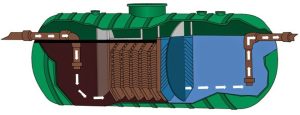
Figure 1: The geometry of the two-phase oil-water separator, showing the internal coalescing plates.
Simulation Process: Modeling Multiphase Separation with ANSYS Fluent
To begin this simulation, we first created a detailed 2D model of the separator. This geometry was then filled with a mesh of 90,948 triangular cells to prepare it for the calculations. The core of this problem involves two distinct fluids, oil and water, that do not mix. To model this, we used the powerful Eulerian multiphase model in ANSYS Fluent. This model treats both fluids as separate but interacting phases. Because the separation process happens over time, we ran a Transient (unsteady) simulation. This allowed us to watch the separation happen step-by-step, providing a much clearer picture of the device’s performance.
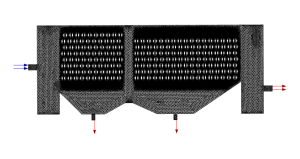
Figure 2: The mesh of 90,948 triangular elements generated for the two-phase oil-water separator model.
Post-processing: How Coalescing Plates Achieve Clean Separation
The final results of the simulation tell a clear story of successful separation. The volume fraction contours in Figure 4 show a nearly perfect split, with the lighter oil (red) floating on top and the denser water (red in the second image) settling at the bottom. The sharp boundary between the two phases, especially in the later chambers, is direct proof that the design works. But the real question is, how does the separator achieve this so effectively? The answer lies in the way the internal plates manipulate the fluid’s journey.
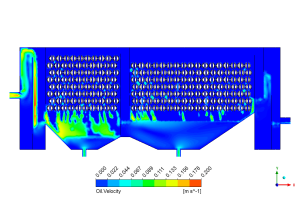
Figure 3: Velocity distribution inside the Two-phase Oil-water Separator, highlighting the controlled flow path.
The velocity contour in Figure 3 reveals the secret. The plates force the oil-water mixture to follow a long, winding “serpentine” path. This path deliberately slows the flow down, with speeds kept mostly below 0.2 m/s. This slow, controlled journey is critical because it gives gravity more time to do its job. While the mixture flows slowly, the small oil droplets have time to join together, or “coalesce,” on the surfaces of the plates. As they form larger droplets, they become much more buoyant and rise to the surface faster. We can see the gradual success of this process along the length of the separator, with the final chamber showing almost complete separation. The most significant achievement of this Two-phase Separator Fluent simulation is demonstrating this teamwork between the flow path and gravity. The plates don’t just filter the flow; they manage its speed and provide a stage for coalescence, ensuring a clean and efficient separation.
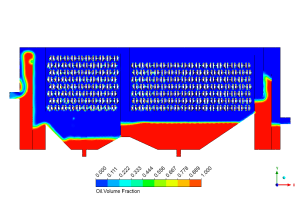
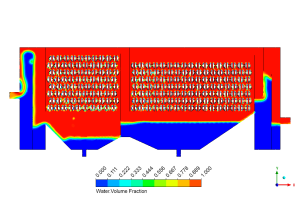
Figure 4: Volume fraction showing a) oil and b) water distribution, demonstrating the clear stratification achieved by the separator.
We pride ourselves on presenting unique products at CFDLAND. We stand out for our scientific rigor and validity. Our products are not based on guesswork or theoretical assumptions like many others. Instead, most of our products are validated using experimental or numerical data from valued scientific journals. Even if direct validation isn’t possible, we build our models and assumptions on the latest research, typically using reference articles to approximate reality.
Yes, we’ll be here . If you have trouble loading files, having technical problems, or have any questions about how to use our products, our technical support team is here to help.
You can load geometry and mesh files, as well as case and data files, using any version of ANSYS Fluent.
€205 Original price was: €205.€169Current price is: €169.

€145 Original price was: €145.€115Current price is: €115.

€270 Original price was: €270.€165Current price is: €165.

€175 Original price was: €175.€115Current price is: €115.

€240 Original price was: €240.€199Current price is: €199.

€155 Original price was: €155.€99Current price is: €99.



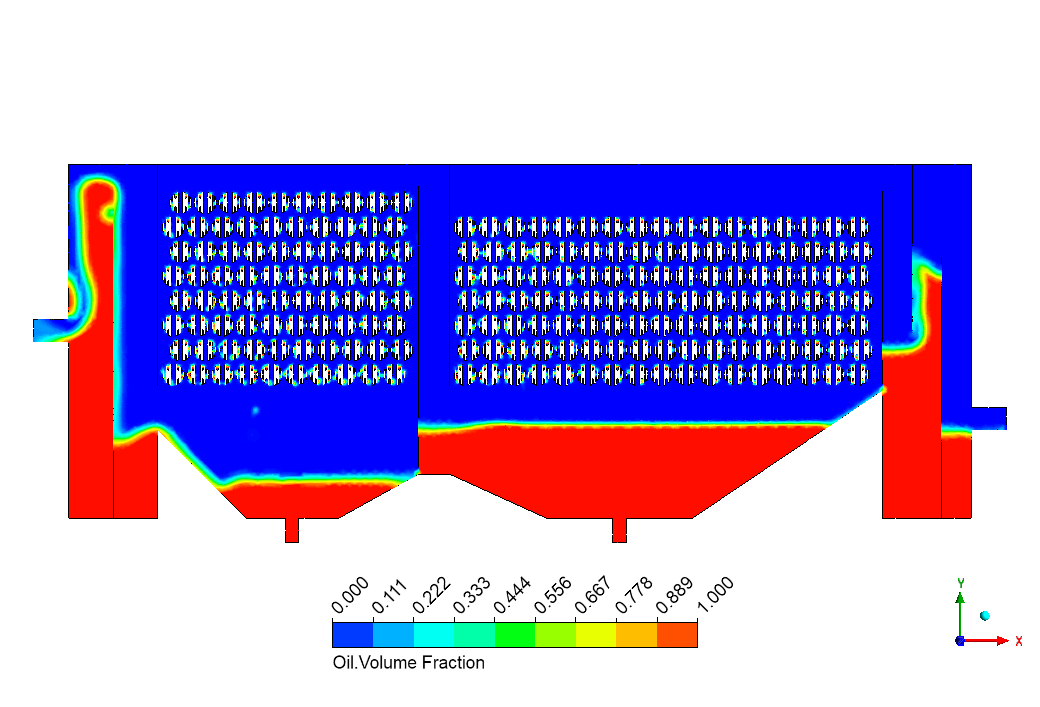
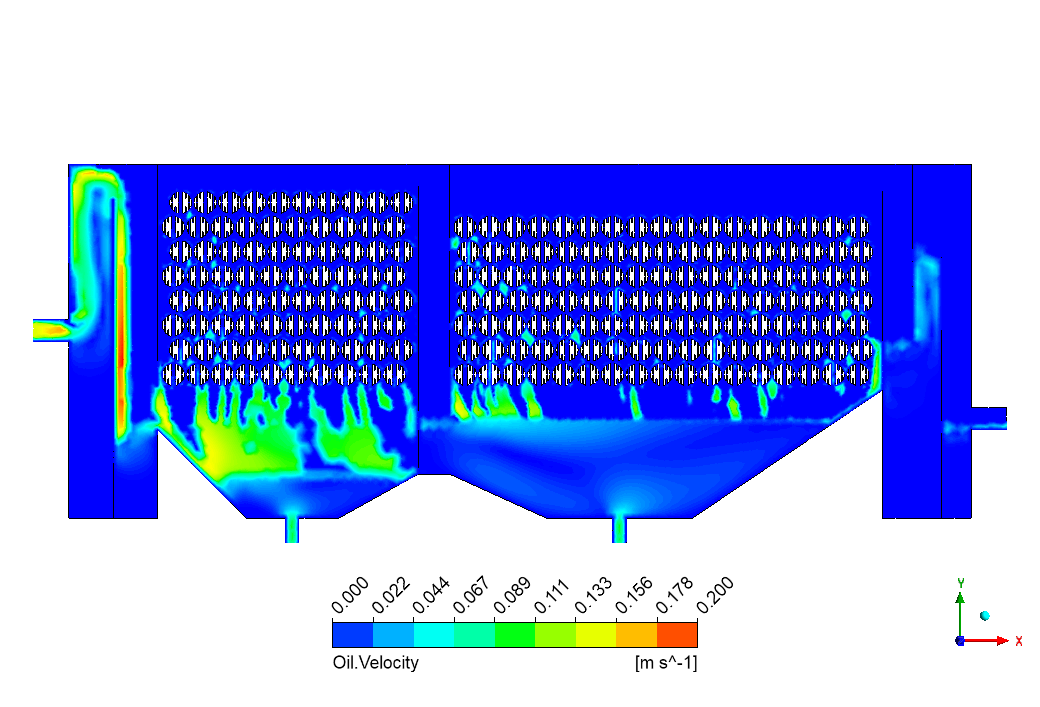
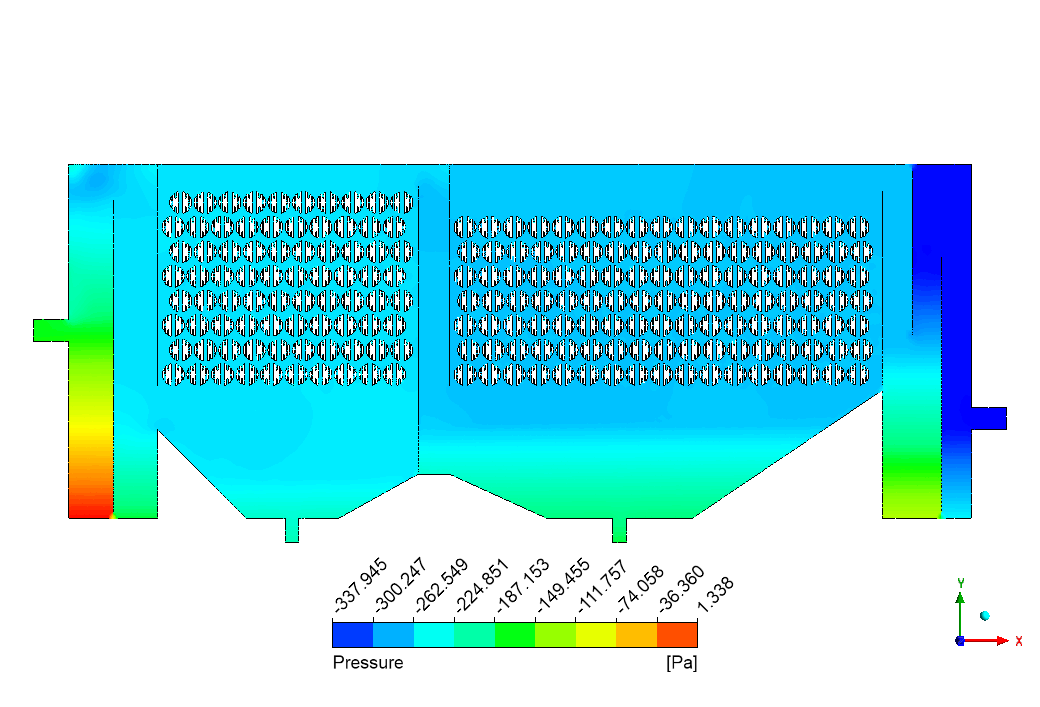
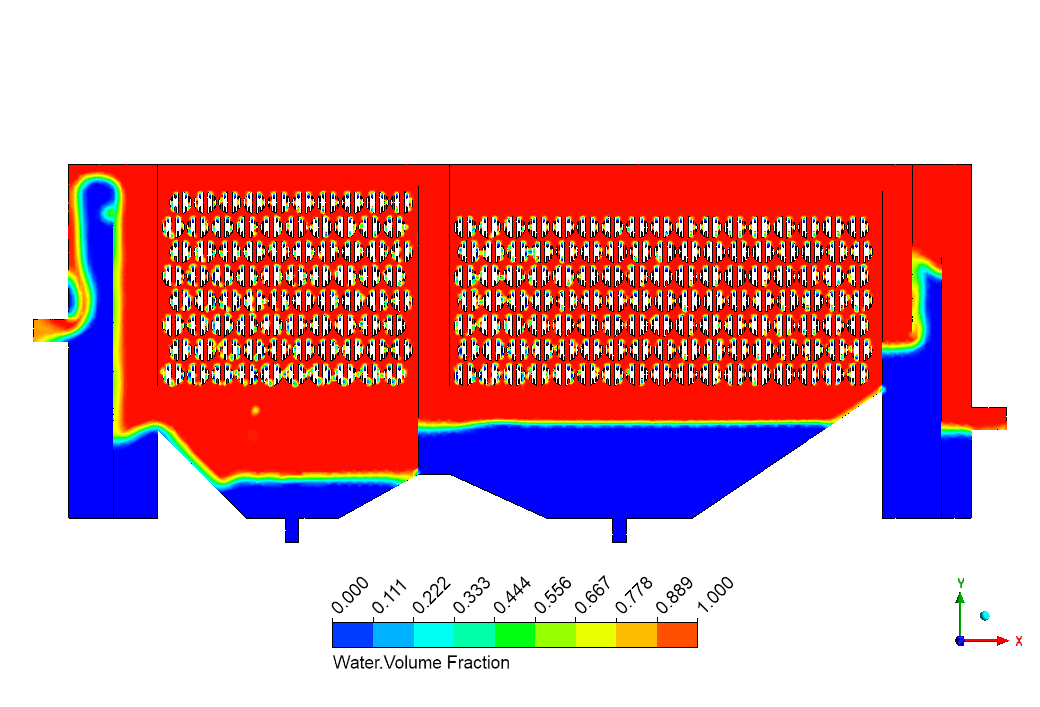





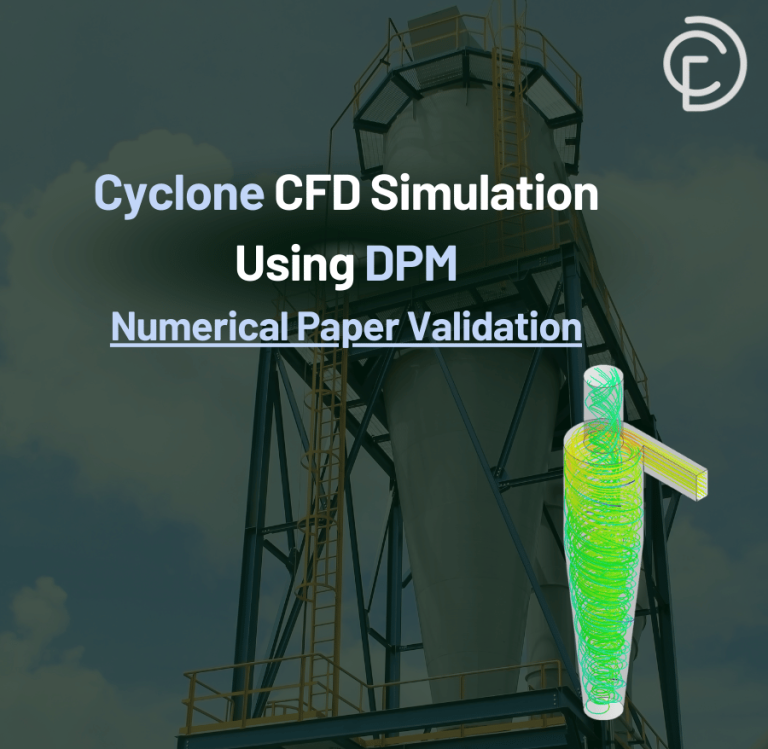
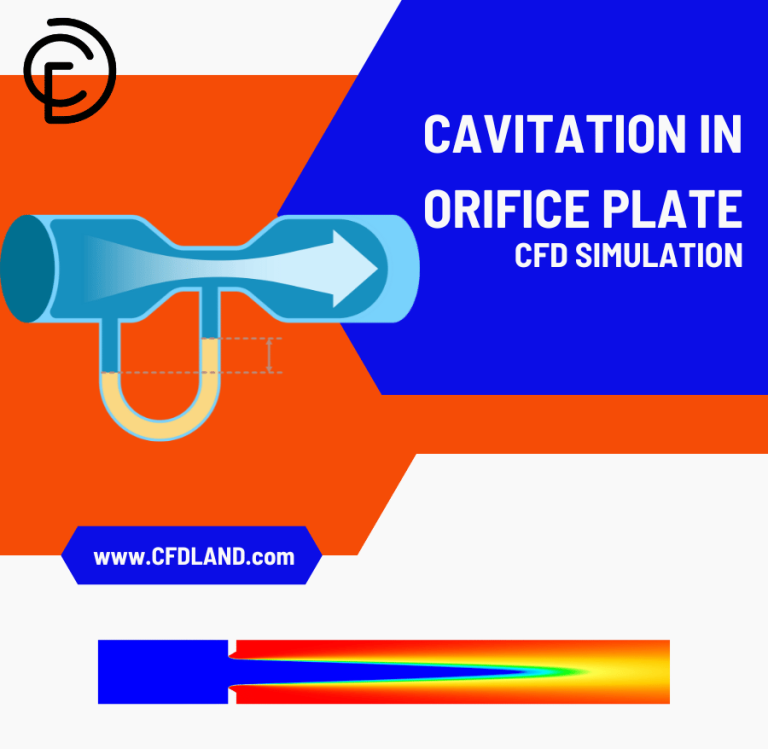
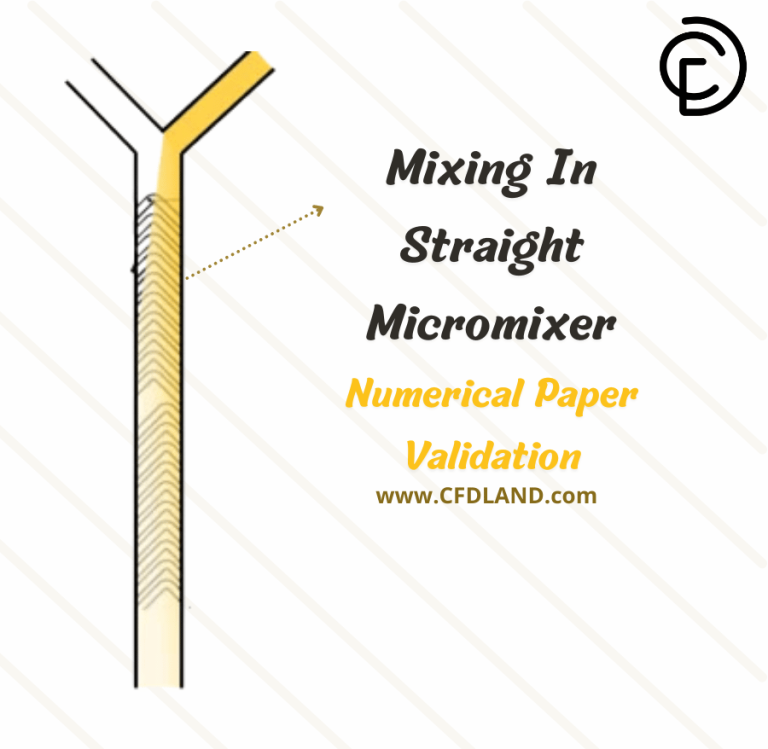
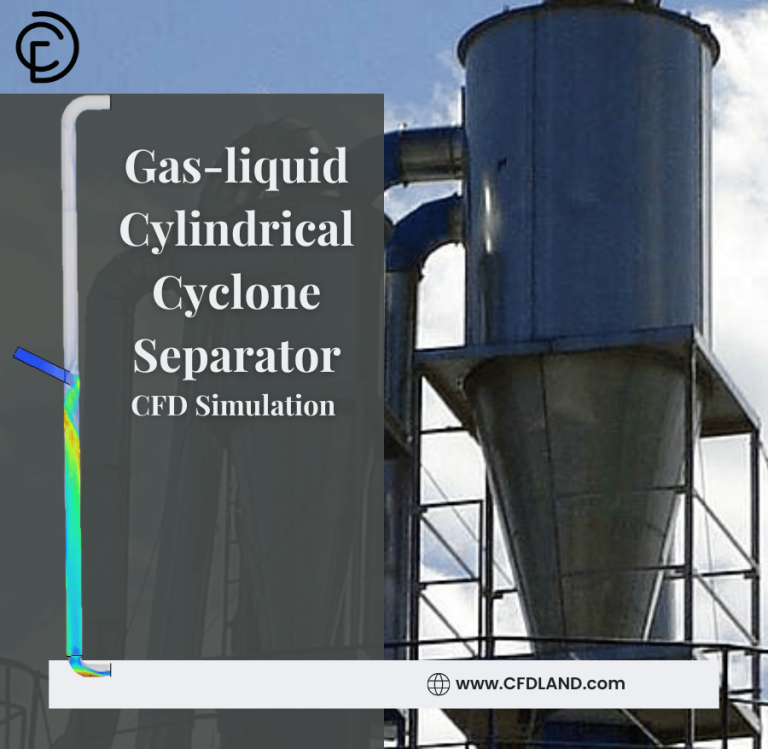
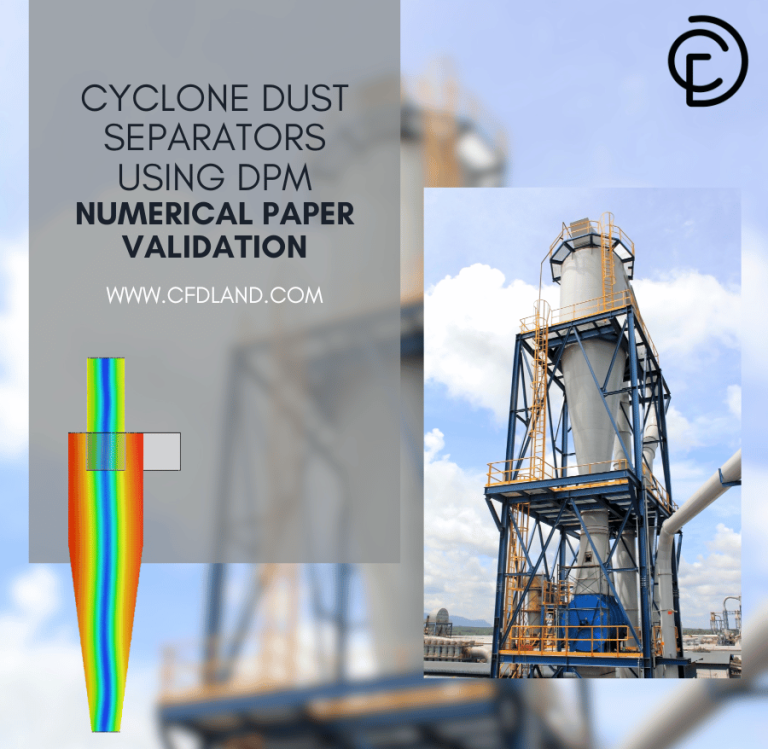
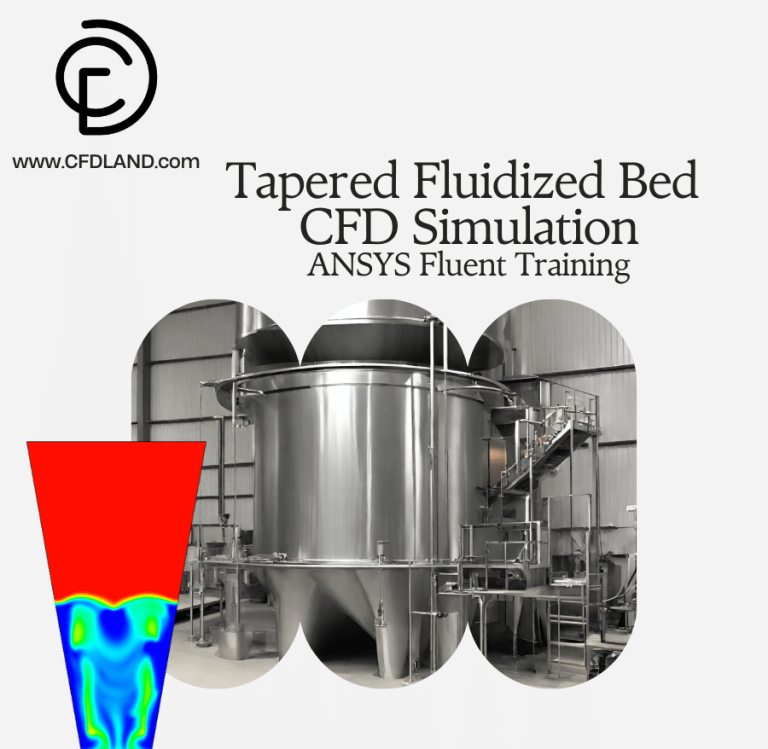
Reviews
There are no reviews yet.